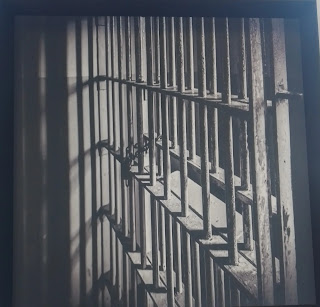Parenting Lessons in Doraemon|Family Dynamics, Life Values & Growth

Parenting in Doraemon: Family Values and Lessons in Anime 🔮 Why Doraemon Matters for Parents and Learners For over five decades, Doraemon has been more than a children’s series — it’s a rich study of family life, parenting approaches, and how home environments shape children’s values and behavior. Through different household structures, parental expectations, economic pressures, and even time-travel devices, the series explores universal parenting challenges while rooted in Japanese cultural context.



















